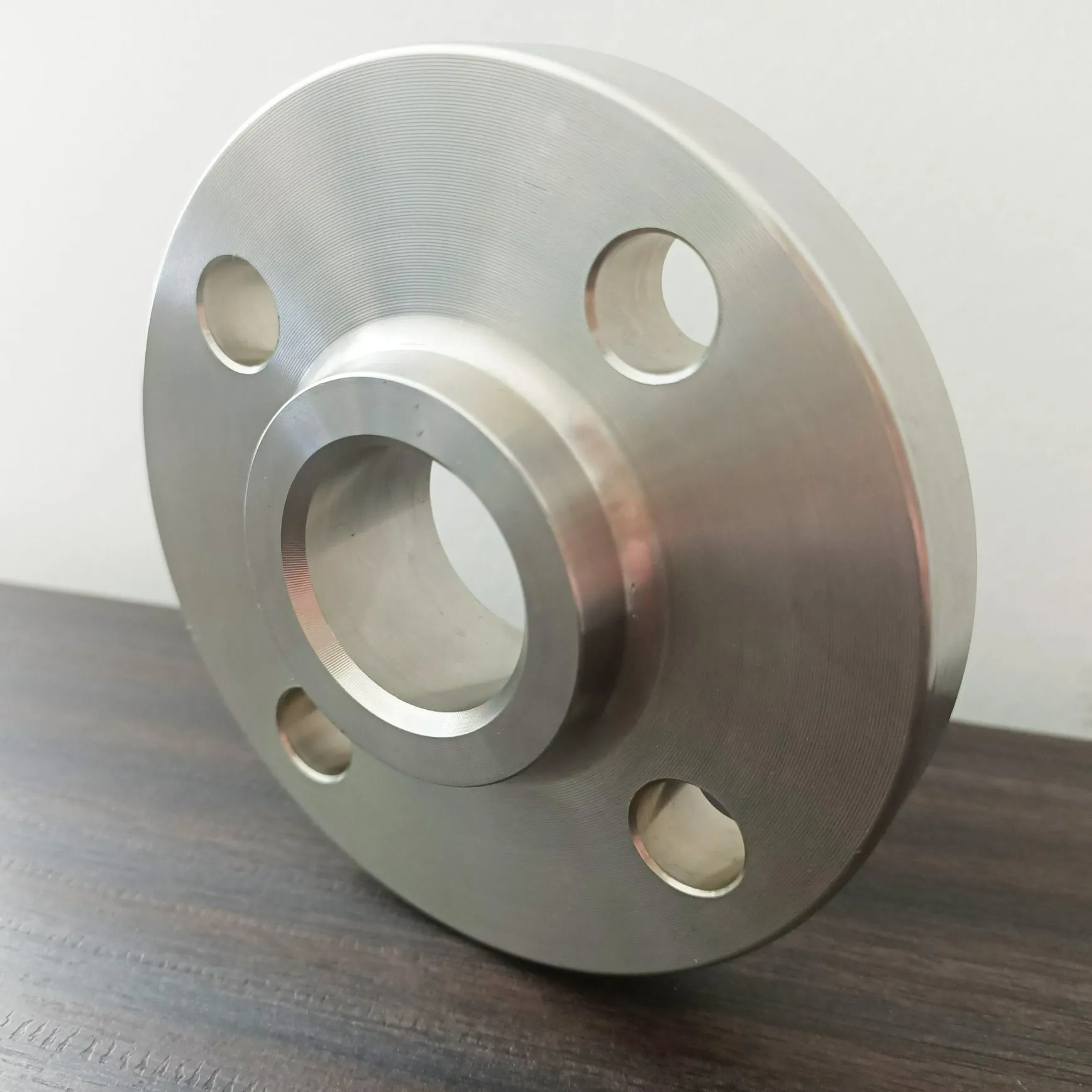-
Cangzhou Yulong Steel Co., Ltd.
-
Phone:
+86 13303177267 -
Email:
admin@ylsteelfittings.com
- English
- Arabic
- Italian
- Spanish
- Portuguese
- German
- kazakh
- Persian
- Greek
- French
- Russian
- Polish
- Thai
- Indonesian
- Vietnamese
- Zulu
- Korean
- Uzbek
- Hindi
- Serbian
- Malay
- Ukrainian
- Gujarati
- Haitian Creole
- hausa
- hawaiian
- Hebrew
- Miao
- Hungarian
- Icelandic
- igbo
- irish
- Japanese
- Javanese
- Kannada
- Khmer
- Rwandese
- Afrikaans
- Albanian
- Amharic
- Armenian
- Azerbaijani
- Basque
- Belarusian
- Bengali
- Bosnian
- Bulgarian
- Catalan
- Cebuano
- China
- China (Taiwan)
- Corsican
- Croatian
- Czech
- Danish
- Esperanto
- Estonian
- Finnish
- Frisian
- Galician
- Georgian
- Kurdish
- Kyrgyz
- Lao
- Latin
- Latvian
- Lithuanian
- Luxembourgish
- Macedonian
- Malgashi
- Malayalam
- Maltese
- Maori
- Marathi
- Mongolian
- Myanmar
- Nepali
- Norwegian
- Norwegian
- Occitan
- Pashto
- Dutch
- Punjabi
- Romanian
- Samoan
- Scottish Gaelic
- Sesotho
- Shona
- Sindhi
- Sinhala
- Slovak
- Slovenian
- Somali
- Sundanese
- Swahili
- Swedish
- Tagalog
- Tajik
- Tamil
- Tatar
- Telugu
- Turkish
- Turkmen
- Urdu
- Uighur
- Welsh
- Bantu
- Yiddish
- Yoruba

Nov . 15, 2024 12:29 Back to list
flange 6 ansi 150
Understanding ANSI Flanges The ANSI 150 Flange
Flanges are an essential component in various industrial applications, serving as a means to join pipes, valves, pumps, and other equipment to form a pipeline system. Among the various flange standards used globally, the ANSI (American National Standards Institute) standards are among the most prevalent, providing guidelines for the design and performance of flanges in a variety of industrial applications. In this article, we will delve into the specifics of ANSI 150 flanges, their features, uses, and importance in piping systems.
What is ANSI 150 Flange?
The term ANSI 150 refers to a specific class of flanges within the ANSI/ASME B16.5 standard, which covers flanges for pipe sizes ranging from 1/2 inch to 24 inches in nominal pipe size. The 150 signifies the flange's pressure-temperature rating of 150 lbs. This rating indicates that the flange can safely withstand a maximum working pressure of 150 psi (pounds per square inch) at a specified temperature. ANSI flanges can also be categorized by their pressure classes, which include 150, 300, 600, and higher ratings.
ANSI 150 flanges come in different shapes, including blind, weld neck, slip-on, threaded, and socket weld. Each type serves unique purposes within piping systems. The most commonly used materials for ANSI 150 flanges include carbon steel, stainless steel, and sometimes non-ferrous metals, allowing for the selection of a flange type that best meets the corrosive resistance or strength requirements of the intended application.
Features of ANSI 150 Flanges
1. Material Diversity ANSI 150 flanges can be made from various materials to suit different applications, including carbon steel, stainless steel, and alloys. This versatility allows for use in diverse environments, including corrosive or high-temperature settings.
2. Dimension Standards ANSI flanges adhere to specific dimensional standards. The dimensions for ANSI 150 flanges include the diameter, thickness, and bolt hole spacing, which are vital for ensuring proper fitting and sealing in a piping system.
flange 6 ansi 150

3. Pressure Ratings ANSI 150 flanges are rated for service at ambient temperatures up to 250°F (121°C) for non-corrosive fluids. This capability allows them to be used in many common industrial processes without undue risk of failure.
4. Compatibility ANSI 150 flanges are designed to be compatible with other ANSI pipe fittings and flanges, facilitating seamless integration within existing systems.
Applications of ANSI 150 Flanges
ANSI 150 flanges are widely used in various sectors, including
- Oil and Gas These flanges are commonly found in pipelines transporting oil, natural gas, and other hydrocarbons. - Chemical Processing Their ability to handle various chemicals makes them suitable for use in the chemical industry, where they help prevent leaks and maintain system integrity. - Water Treatment ANSI 150 flanges are widely used in water treatment facilities, helping to ensure the safe and efficient transport of water and wastewater. - HVAC Systems In heating, ventilation, and air conditioning systems, ANSI 150 flanges help to connect different components securely.
Importance of ANSI 150 Flanges
The use of ANSI 150 flanges is vital for ensuring the reliability and safety of piping systems. Their standardized dimensions and pressure ratings help minimize the risk of leaks and failures, which can lead to costly downtime and hazardous situations. Additionally, the availability of various materials means that engineers can select the best flange type for the specific needs of their installation, whether that's resistance to corrosion, pressure requirements, or temperature stability.
In conclusion, ANSI 150 flanges play a crucial role in modern piping systems across multiple industries. Understanding their specifications, features, and applications is essential for engineers, designers, and anyone involved in the construction and maintenance of fluid transport systems. By utilizing ANSI 150 flanges, industries can ensure that their operations are efficient, safe, and compliant with national and international standards.
Latest news
-
ANSI 150P SS304 SO FLANGE
NewsFeb.14,2025
-
ASTM A333GR6 STEEL PIPE
NewsJan.20,2025
-
ANSI B16.5 WELDING NECK FLANGE
NewsJan.15,2026
-
ANSI B16.5 SLIP-ON FLANGE
NewsApr.19,2024
-
SABS 1123 FLANGE
NewsJan.15,2025
-
DIN86044 PLATE FLANGE
NewsApr.19,2024
-
DIN2527 BLIND FLANGE
NewsApr.12,2024
-
JIS B2311 Butt-Welding Fittings LR/SR 45°/90° /180°Seamless/Weld
NewsApr.23,2024











